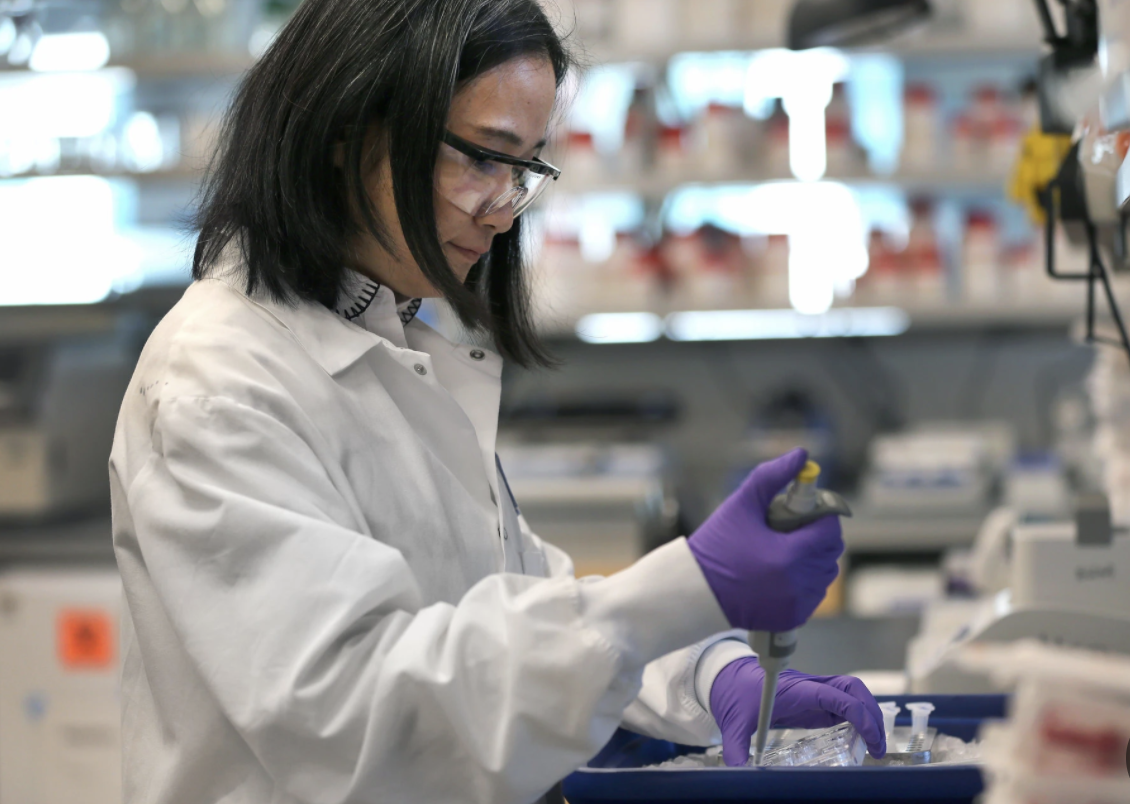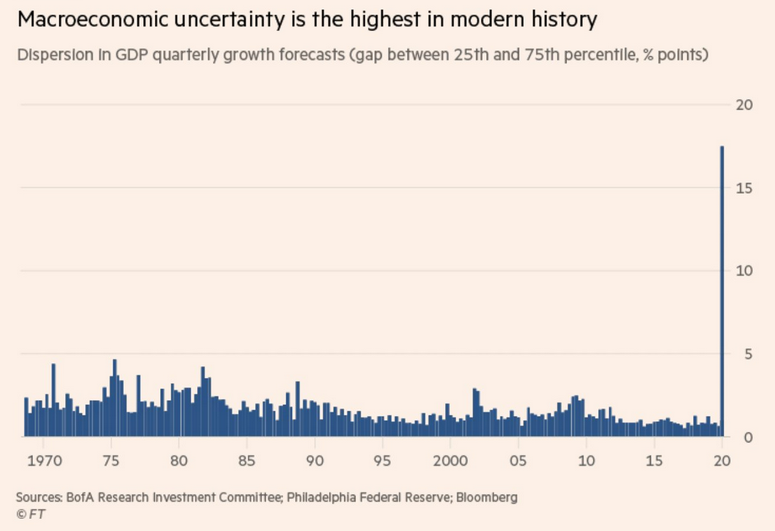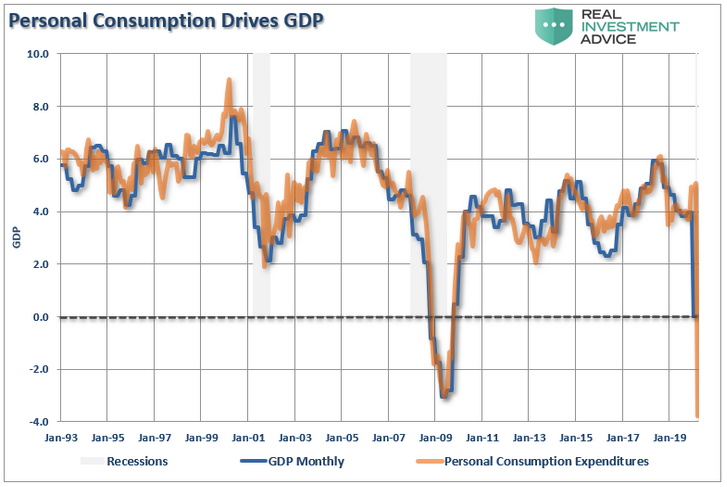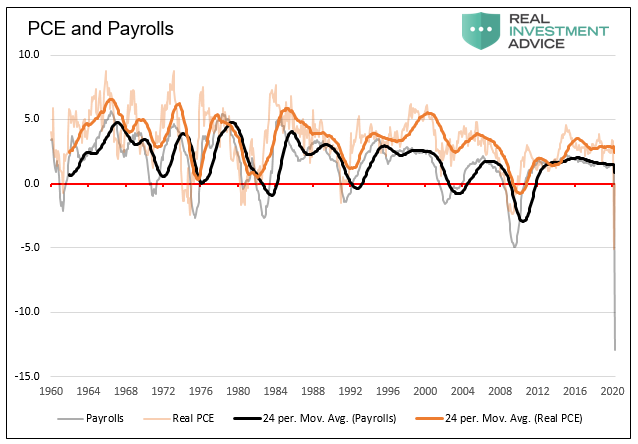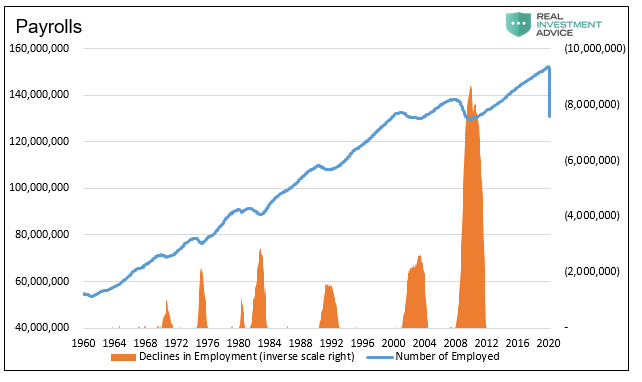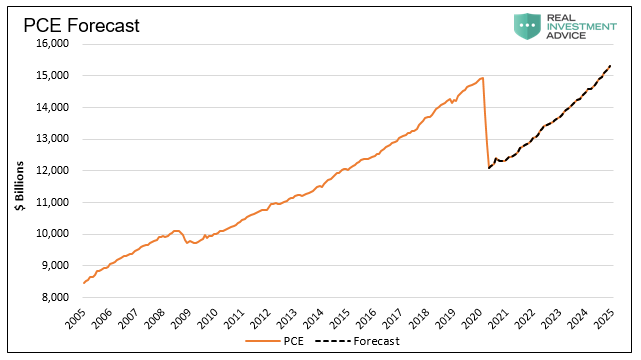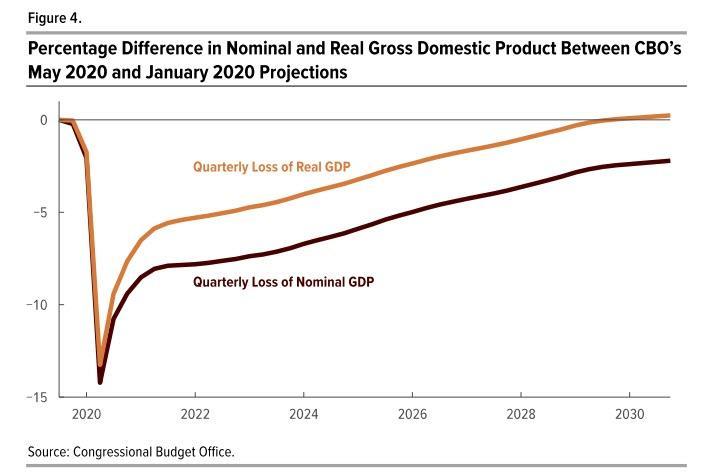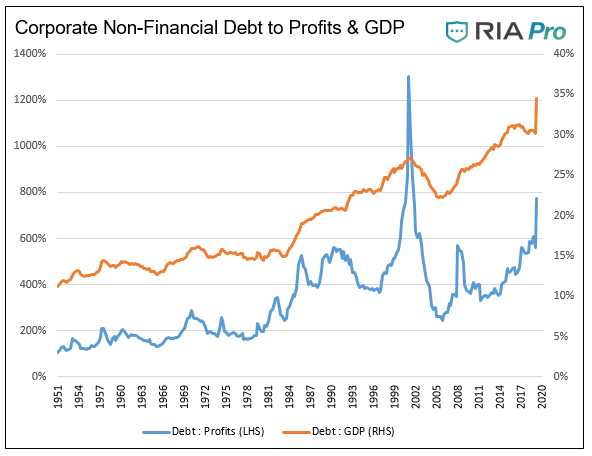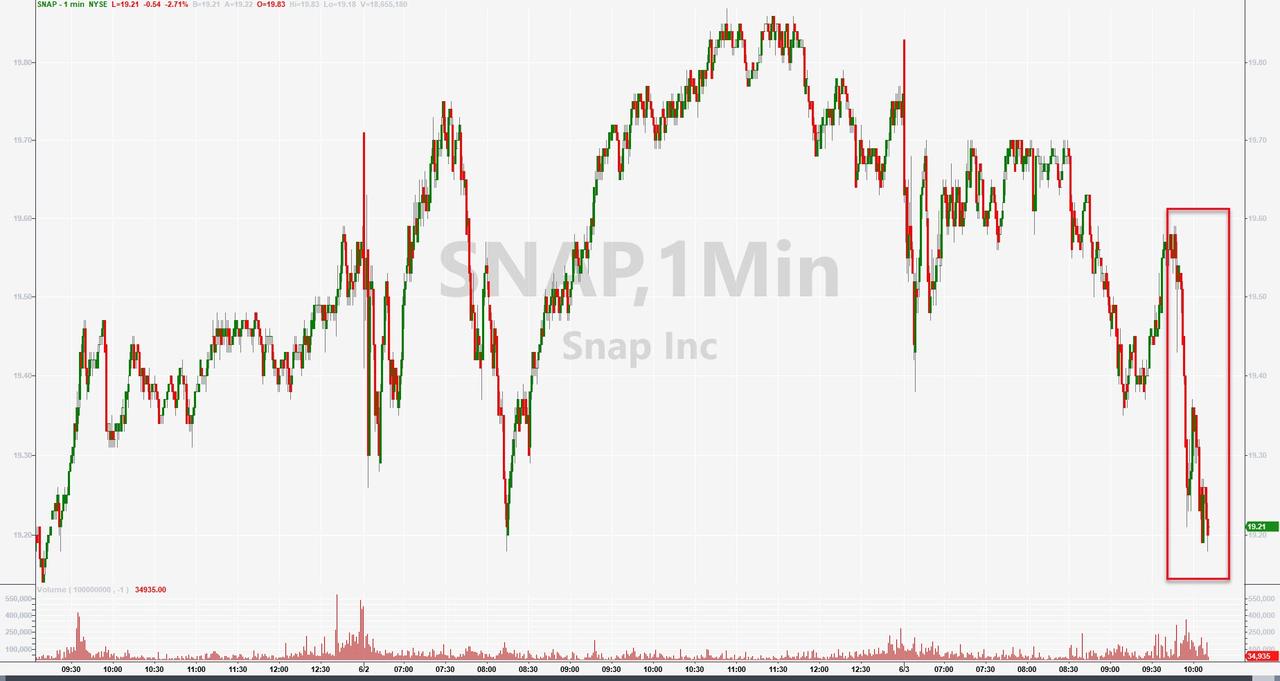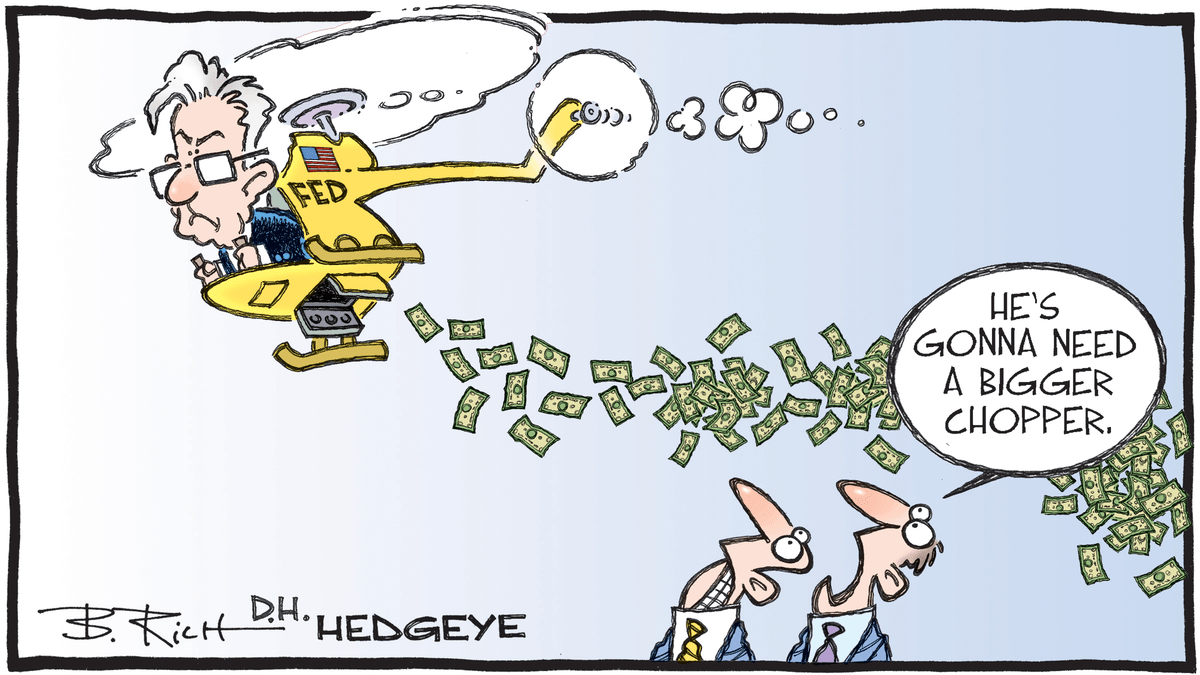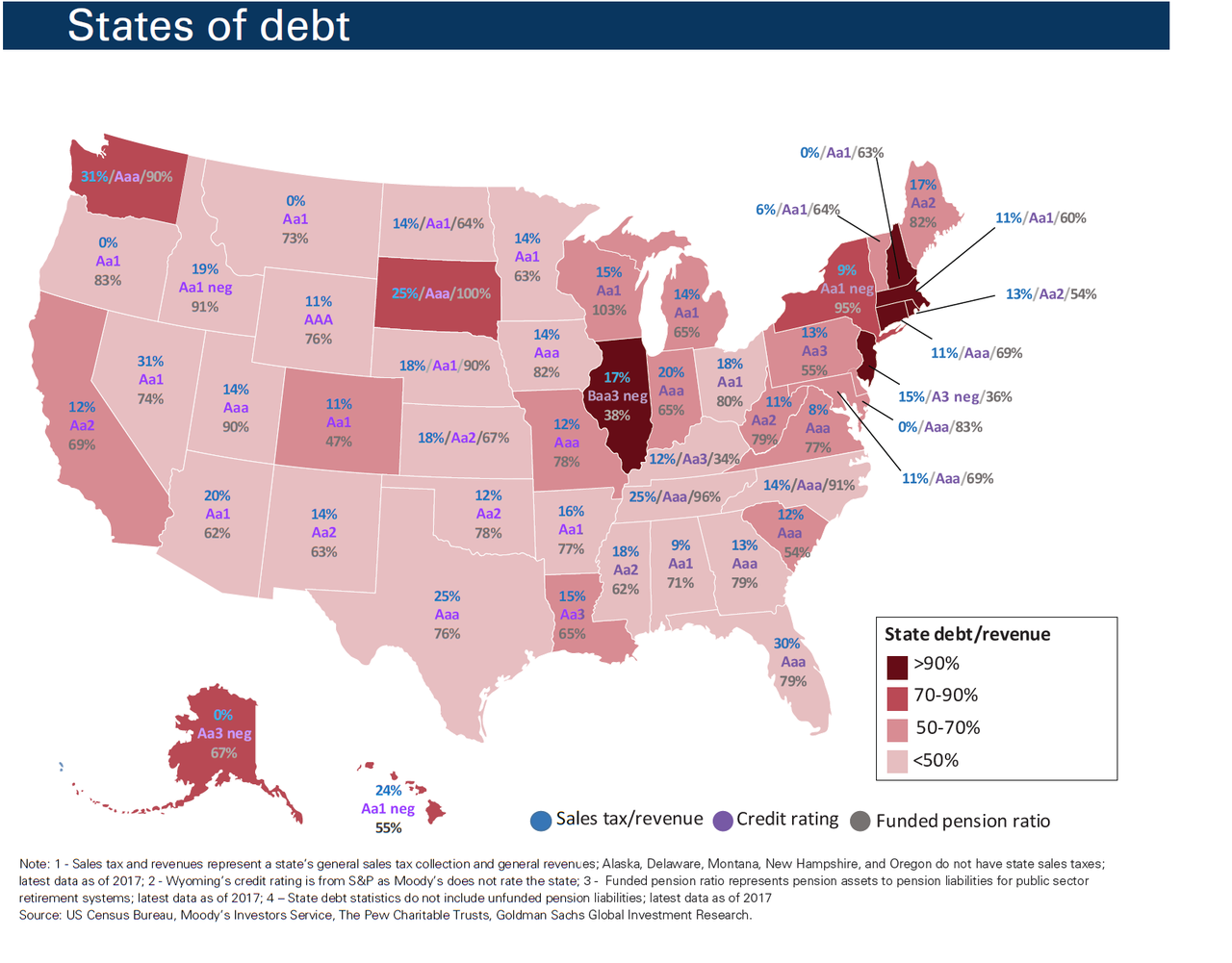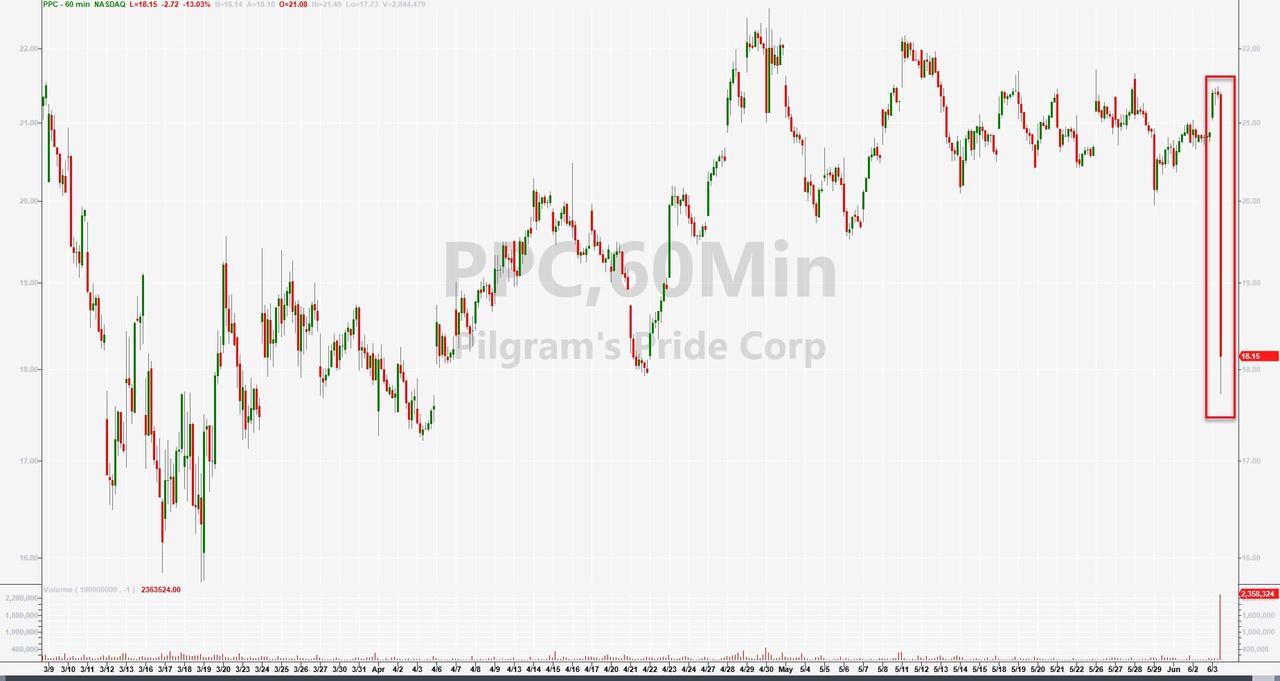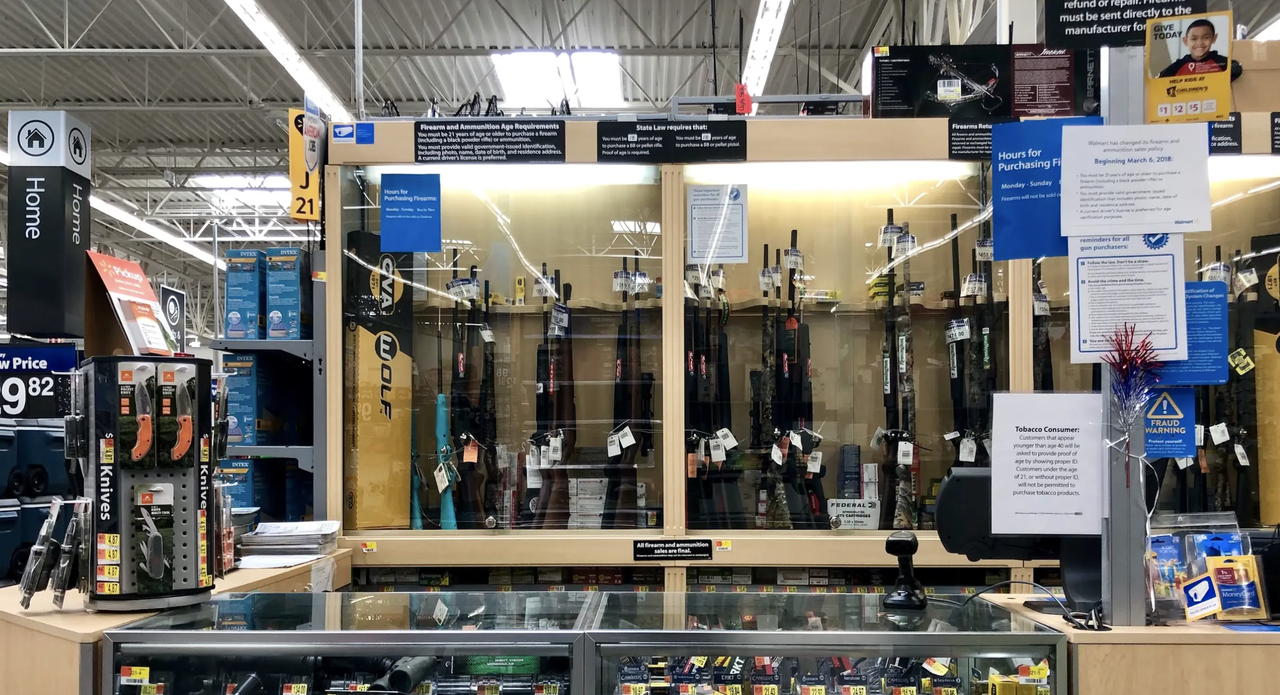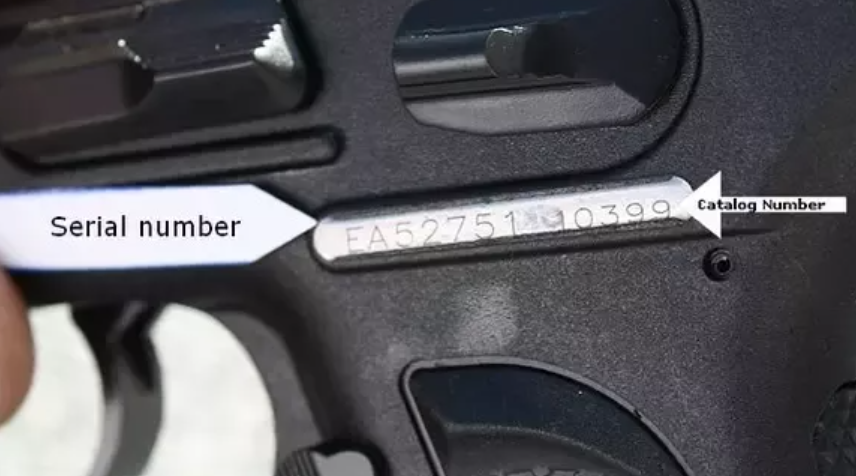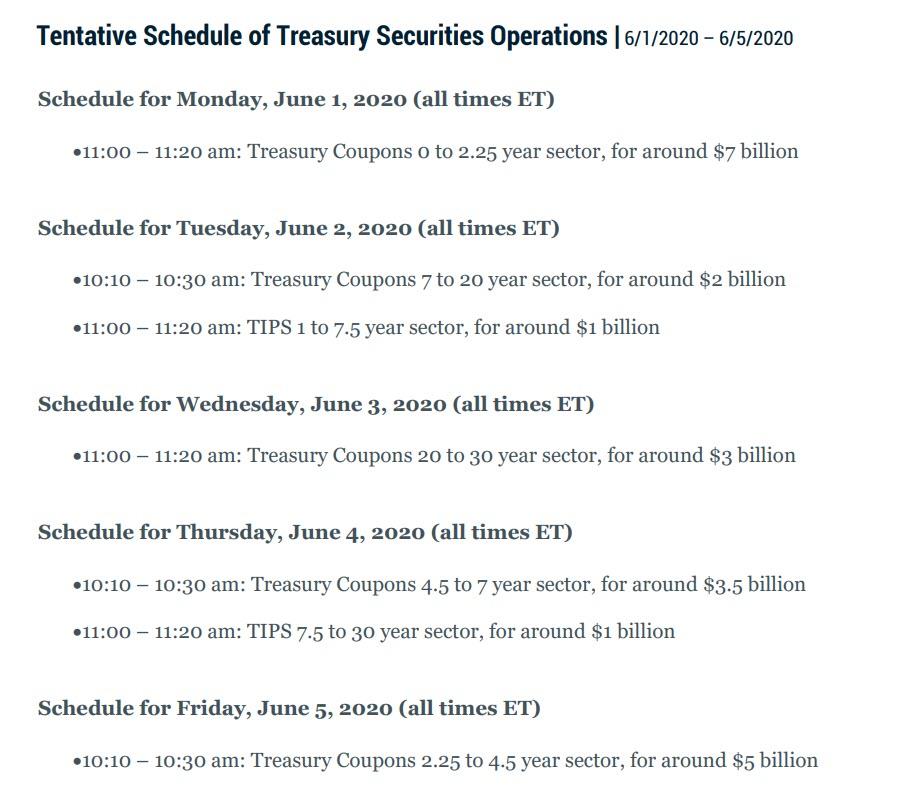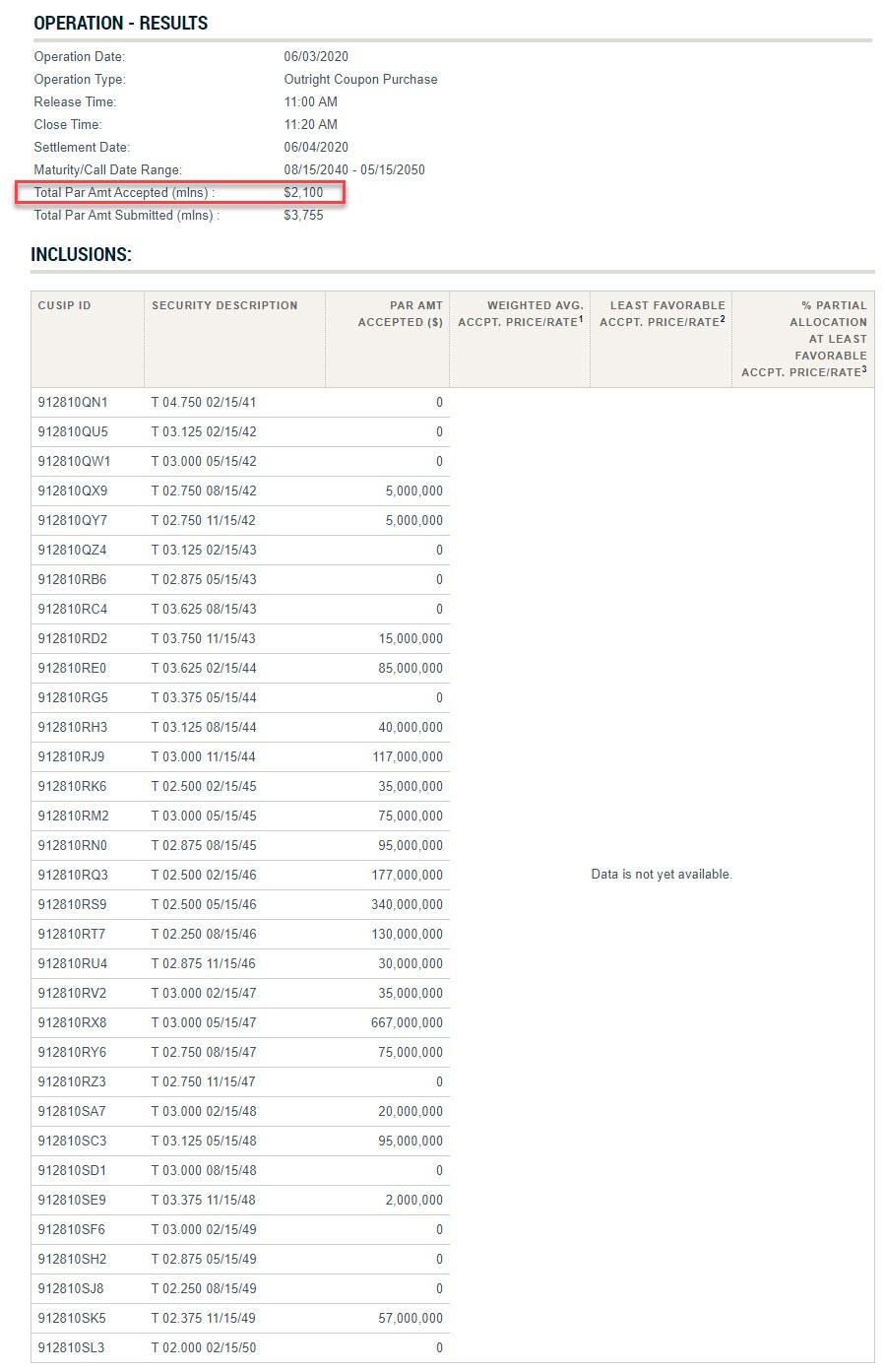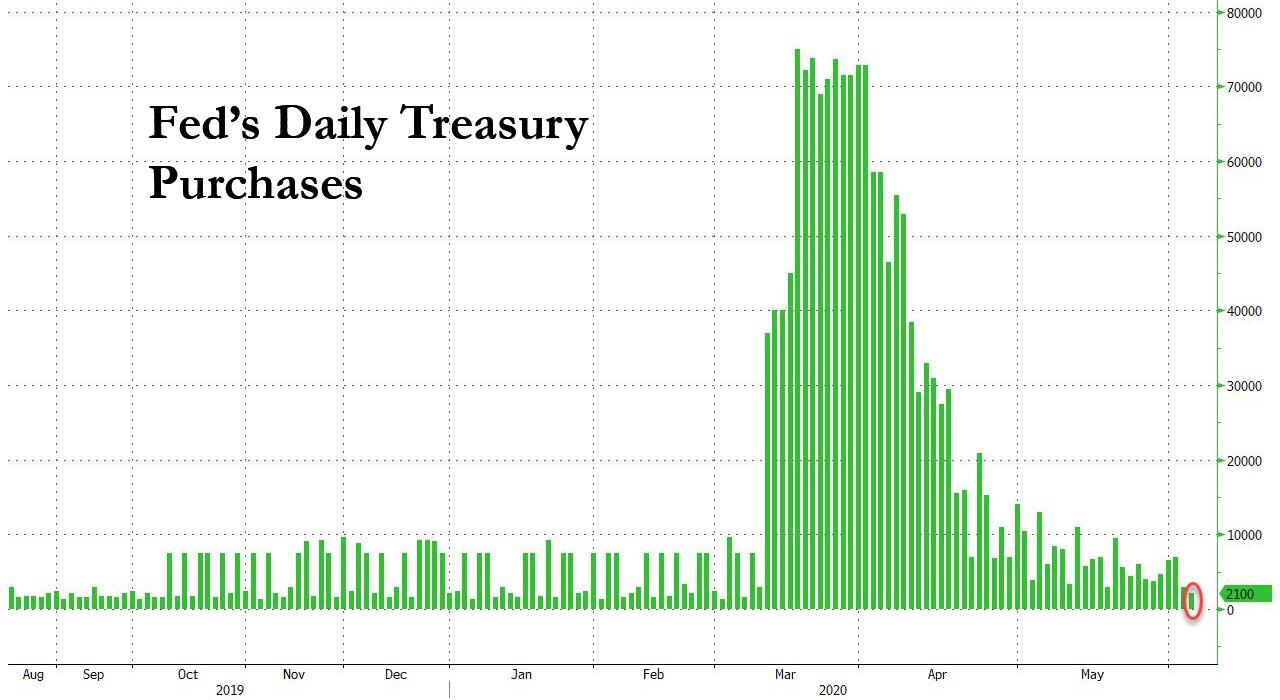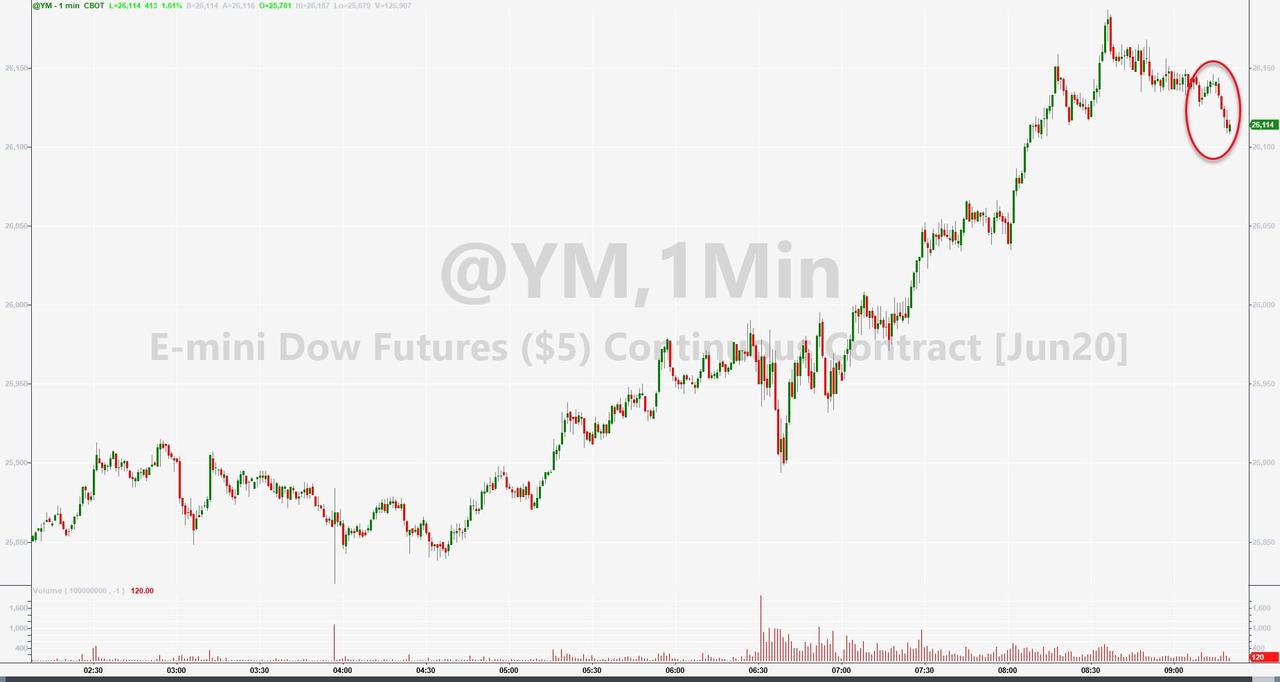In 2018, as a gunman murdered 17 students at Marjory Stoneman Douglas High School in Parkland, Florida, Sgt. Brian Miller, a sheriff’s deputy with the Broward County Sheriff’s Office, hid behind his police cruiser, waiting 10 minutes to radio for help. For his failure to act, Miller was fired. The official cause was “neglect of duty.”
Last month, however, Miller was not only reinstated but given full back pay. His 2017 salary was more than $138,000. Miller had challenged his firing, and, as The Miami Herald reports, he had done so with the full backing of his union.
Miller’s reinstatement is notable in that it relates to a high-profile case. But the essential story—an officer performs poorly with fatal results and the union comes to his defense—is all too common.
This is what police unions do: defend the narrow interests of police at the expense of public safety. They exist to demand that taxpayers pay for dangerous, and even deadly, negligence. And although they are not the only pathology that affects American policing, they are a key internal influence on police culture, a locus of resistance to improvements designed to reduce police violence. To stop bad cops and police abuse, we must tackle police unions.
In case after case, police unions have defended deadly misdeeds committed by law enforcement. In 2014, for example, New York City police officer Daniel Pantaleo put Eric Garner in a chokehold for selling loose cigarettes. As a result of Pantaleo’s chokehold, Garner died. Garner’s last words were, “I can’t breathe.”
The incident, caught on video, helped galvanize the Black Lives Matter movement. A grand jury declined to indict Pantaleo, but five years after Garner’s death, he was fired from the force following a police administrative judge’s ruling that the chokehold was, indeed, a violation of department policy.
Pantaleo had violated his police department’s policy in a way that resulted in the death of a man who was committing the most minor of offenses. Yet when he was finally fired, Patrick Lynch, the president of the Police Benevolent Association, Pantaleo’s union, criticized the city for giving in to “anti-police extremists” and warned that such decisions threatened the ability of city police to do their jobs. “We are urging all New York City police officers to proceed with the utmost caution in this new reality, in which they may be deemed ‘reckless’ just for doing their job,” Lynch said.
In essence, the police union’s position was: Officers of the law should not be punished for using prohibited techniques in ways that result in the deaths of nonviolent offenders, because to do so would unduly inhibit police work. A deadly violation of department policy is just police “doing their job.”
Too often, when police wantonly use deadly force, police unions slow or prevent justice. In March, undercover police raided a Louisville, Kentucky, home. They used a battering ram to break down the door in the middle of the night and then fatally shot one of the occupants, an unarmed emergency room tech named Breonna Taylor. Police were investigating two men believed to be selling pot out of another home, but a judge also allowed police to search Taylor’s home, because they believed the men were using it for package delivery. The raid was executed under a no-knock warrant that gives police permission to break into a private residence without identifying themselves.
Taylor’s death resulted in calls for the officers involved to be fired, but Louisville Mayor Greg Fischer warned that the process would be slow. A significant part of why he expected it to take so long, he said, was the city’s collective bargaining agreement with the police union. Fischer lamented the process, saying he recognizes “the system is not a best practice for our community.”
The city’s police union, meanwhile, has expressed outrage that a city council member described Taylor’s boyfriend, who fired on police during the raid, as a hero. This is the union’s focus: not demanding justice for a woman killed by police in her home but demanding an apology from a local politician who had the temerity to praise a citizen for defending himself and his girlfriend during a botched police maneuver. The union’s goal, it seems, is to protect the police from public criticism, not to protect the public from bad policing. That’s what police unions do.
These are anecdotes, but the evidence bears the point out. The Police Union Contract Project, which collects and compares police union contracts across the country, notes that the agreements are generally designed to make it difficult to hold police accountable, in part by giving them privileges that are not afforded to the broader public. For example, the contracts often prevent officers from being questioned quickly after incidents and often give them access to information not accessible to private citizens. Cities are often required to shoulder the financial burdens of officer misconduct, and disciplinary measures are often restricted. Forthcoming research out of the University of Victoria’s economics department finds that the introduction of collective bargaining produces somewhat higher compensation for police officers. It does not correlate with a reduction in total crime—but it does eventually correlate with higher numbers of killings by police, especially of minorities.
In other words, the research finds about what you’d expect given a public sector workforce with unions set up to protect police officer compensation while limiting discipline and oversight. Police get paid more, yet the public is no safer—and it’s even at greater risk of violence by police.
For a study in the ways that police unions can foster cultures of corruption and self-protection at the expense of public safety, consider the case of Camden, New Jersey. For decades, the city was among the most violent in the country, plagued by one of America’s highest murder rates and commensurate levels of property crime. In 2012, with the murder rate approaching record highs, The New York Times reported, police acknowledged “that they have all but ceded these streets to crime.” City officials said the police union was to blame. Union contracts made hiring officers prohibitively expensive. The cops on the payroll were being paid too much and they weren’t getting the job done.
So the city made a novel decision: Fire the police. All of them.
That year, Camden began the process of terminating hundreds of officers and hiring a new force initially made up of less expensive, non-union labor, controlled by the county.
It was a decision meant to address both budget and crime problems. Naturally, the police union opposed the plan, saying it was “definitely a form of union-busting.” City officials, the union said, were relying on a reform that was “unproven and untested,” putting faith in an agency that did not yet exist.
By many measures, however, the unproven and untested new police force worked. After disbanding the city police and reorganizing under the county with lower pay, plus adding focus on rebuilding trust with the community (which is among the nation’s poorest), murders declined. The city is still dangerous compared to some others, but there’s been clear progress in terms of reducing crime and improving community relations. Over the weekend, as residents took to the streets to protest disparate and abusive treatment in black communities, Camden police officers marched with the protesters.
Eight years after the shakeup, Camden police are once again represented by a union. But the new labor representation signed off on a use-of-force policy that is, somewhat notably, aimed squarely at de-escalation. Police unions have tended to object to such proposals: In 2016, for example, after a think tank put forward a de-escalation policy suggesting that cops think about how the public might react to the use of violence by police, the vice president of the Association for Los Angeles Deputy Sheriffs called it “a ridiculous piece of claptrap.” The Fraternal Order of Police and the International Association of Chiefs of Police collaborated on a joint statement opposing the idea.
Unions aren’t the only problem plaguing American police forces; there are plenty of other reforms worth pursuing, from demilitarization to ending qualified immunity. But they have consistently proven to be a force of organized resistance to calmer, safer, less aggressive policing, in part because of how they perceive the nature of the job.
That has been true in Minneapolis, where the police killing of George Floyd sparked nationwide protests. Bob Kroll, the president of the city’s police union, wrote a letter to fellow officers describing Floyd, who was not resisting as an officer pressed a knee into his neck for nearly nine minutes, as a “violent criminal.” Kroll has also referred to protesters as part of a “terrorist movement.” He argued that officers were wrongly made to hold back on using less-lethal munitions to suppress riots, and he complained that the officers fired for their involvement in Floyd’s death were “terminated without due process.”
Like other police union leaders, Kroll has resisted efforts to rein in police aggression. After the city’s mayor banned “warrior training” courses that teach violent confrontation, Kroll decried the ban and struck a deal for city cops to take the course anyway. Janeé Harteau, a former Minneapolis police chief who resigned in 2017 following a police shooting, indicated that Kroll’s remarks are typical of the sort of resistance to reform she encountered while chief, saying they represented “the battle that myself and others have been fighting against.”
In an interview with STIM radio in April, The Intercept reports that Kroll noted that he has been involved in three shootings, “and not one of them has bothered me.” He lamented the emphasis on training cops to de-escalate tense situations, and cast the job as one for people who have a high threshold for violence: “Certainly getting shot at and shooting people takes a different toll, but if you’re in this job and you’ve seen too much blood and gore and dead people then you’ve signed up for the wrong job.” Beyond the legal and contractual particulars, these are the kinds of attitudes that police unions extol and reinforce. They contribute to a workplace culture that views policing as a job for individuals who remain unbothered by the results of violence.
Police are public servants granted enormous power over the citizenry. They are tasked with protecting the public and serving their interests. Police unions, in contrast, are tasked with protecting police and serving their interests—even in direct contravention of serving the public. That distinction makes them a barrier to reforms aimed at improving public safety and increasing oversight of how law enforcement behaves. If union-busting is what it takes to reduce the pernicious influence of today’s police unions on policing, then it’s time to bust some police unions.

from Latest – Reason.com https://ift.tt/3ctJ66d
via IFTTT
